HistoryVergina is a small town in northern Greece, located in Central Macedonia. The town became internationally famous in 1977, when the Greek archaeologist Manolis Andronikos unearthed what he claimed was the burial site of the kings of Macedon, including the tomb of Philip II, father of Alexander the Great. |
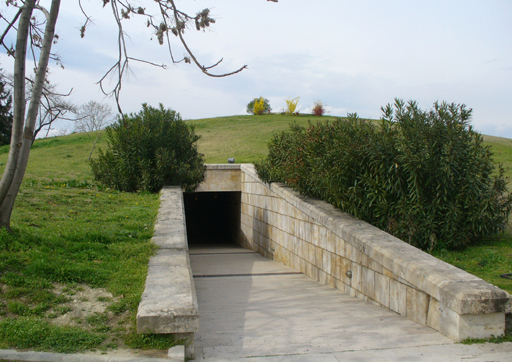 The entrance to the museum of the tomb of Philip II.
The entrance to the museum of the tomb of Philip II.
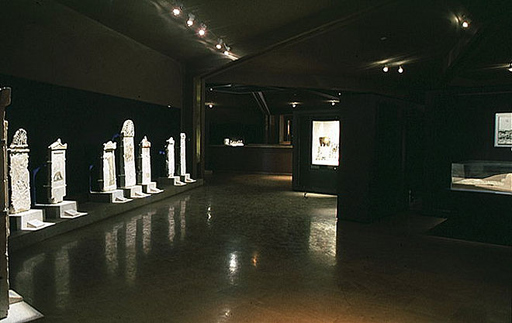 In this underground museum, we saw a number of grave markers of some of other Macedonian citizens who were buried here.
In this underground museum, we saw a number of grave markers of some of other Macedonian citizens who were buried here.
No photography was allowed inside, so the remaining photos are from the official museum website.
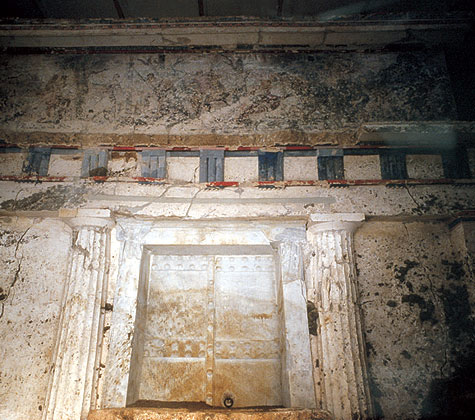 The grave of Philip II.
The grave of Philip II.
 We saw copies of some of these murals which had been painted inside the grave.
We saw copies of some of these murals which had been painted inside the grave.
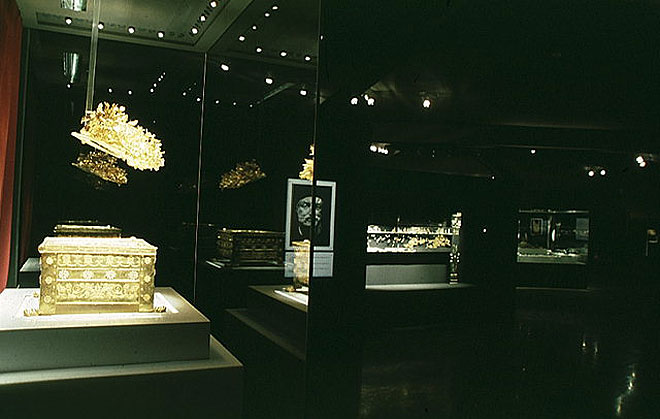 Here, on the left, we saw the royal wreath as well as the golden larnax (a closed box often used as a container for human remains in ancient Greece) which contains the remains of King Philip II.
Here, on the left, we saw the royal wreath as well as the golden larnax (a closed box often used as a container for human remains in ancient Greece) which contains the remains of King Philip II.
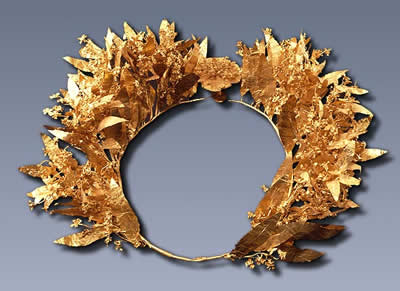 Here we see the royal wreath of Philip. Costas had talked before about the "imperishable wreath" which Paul referred to in the New Revised Standard Version of I Corinthians 9:25 "Athletes exercise self-control in all things. They do it to receive a perishable wreath, but we an imperishable one." Since most of the other Bible translations use the word "crown" here, we were made aware of the symbolism of the wreath in Greek culture.
Here we see the royal wreath of Philip. Costas had talked before about the "imperishable wreath" which Paul referred to in the New Revised Standard Version of I Corinthians 9:25 "Athletes exercise self-control in all things. They do it to receive a perishable wreath, but we an imperishable one." Since most of the other Bible translations use the word "crown" here, we were made aware of the symbolism of the wreath in Greek culture.
Our next stop is Meteora.
